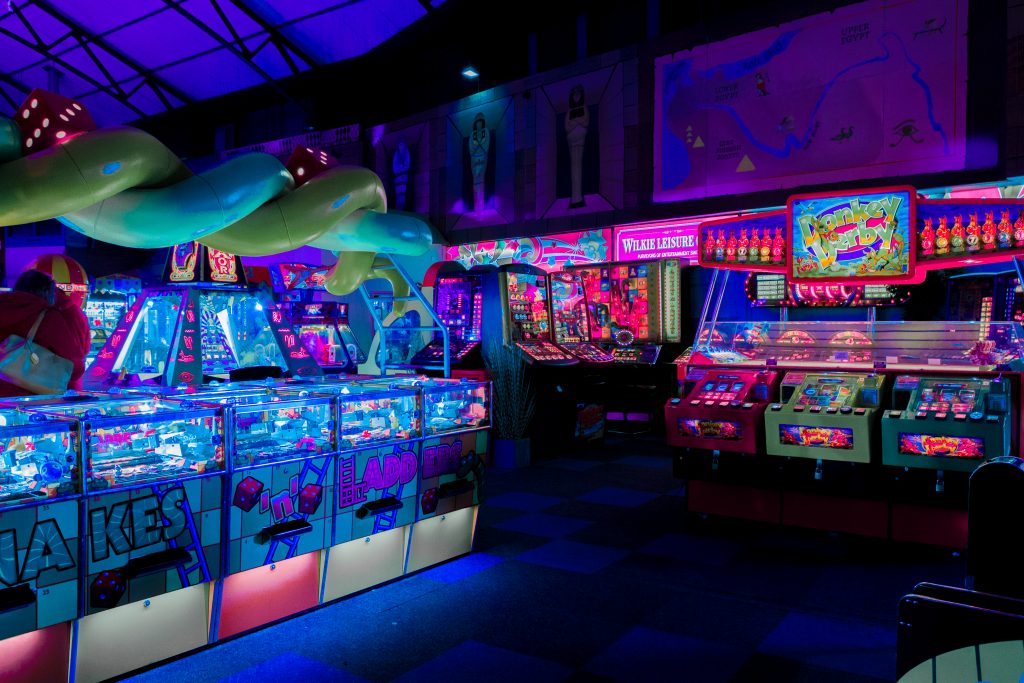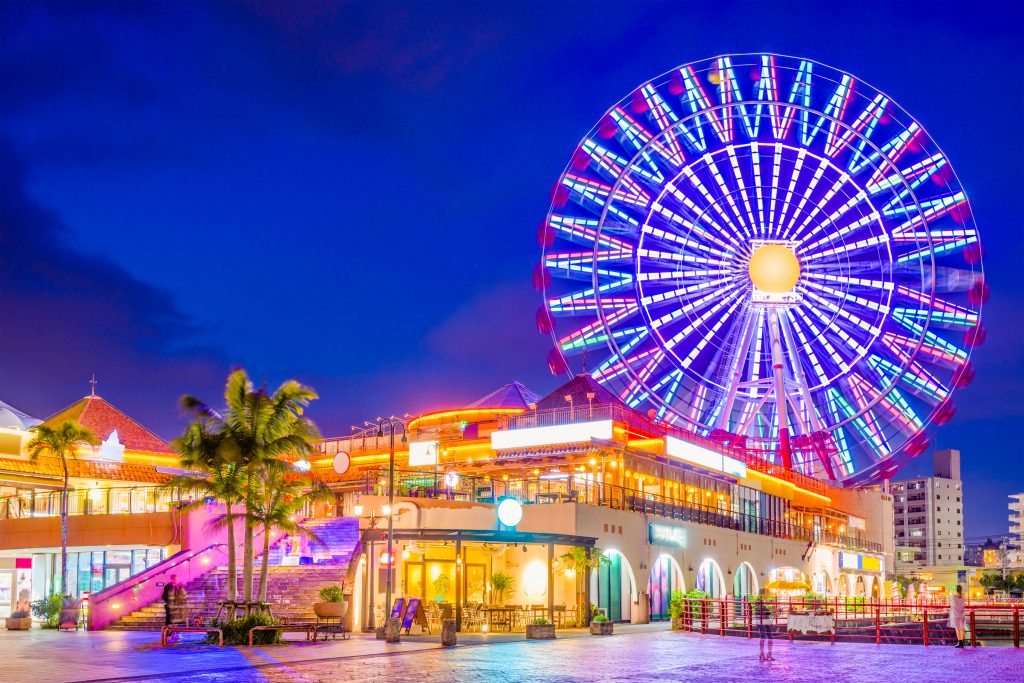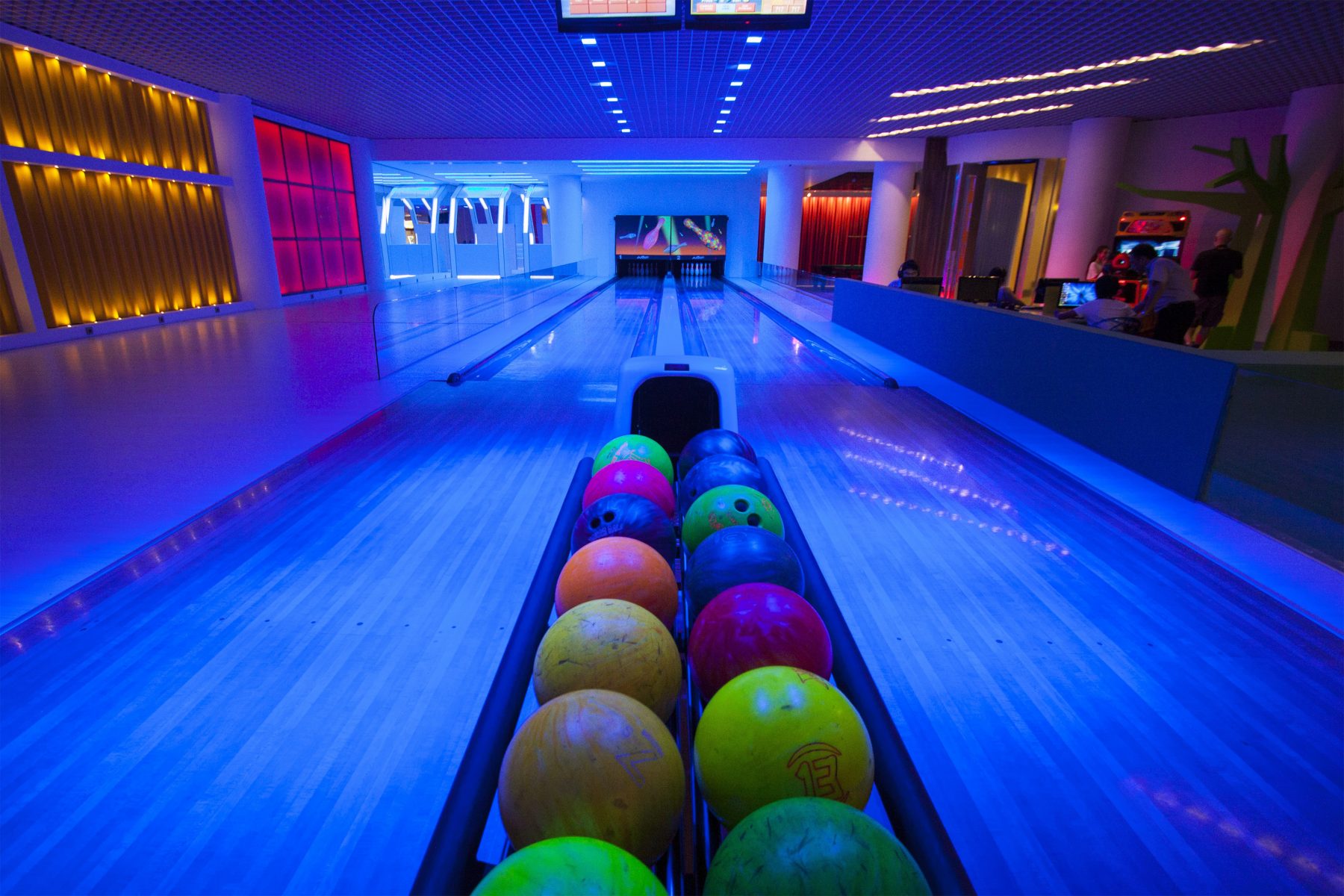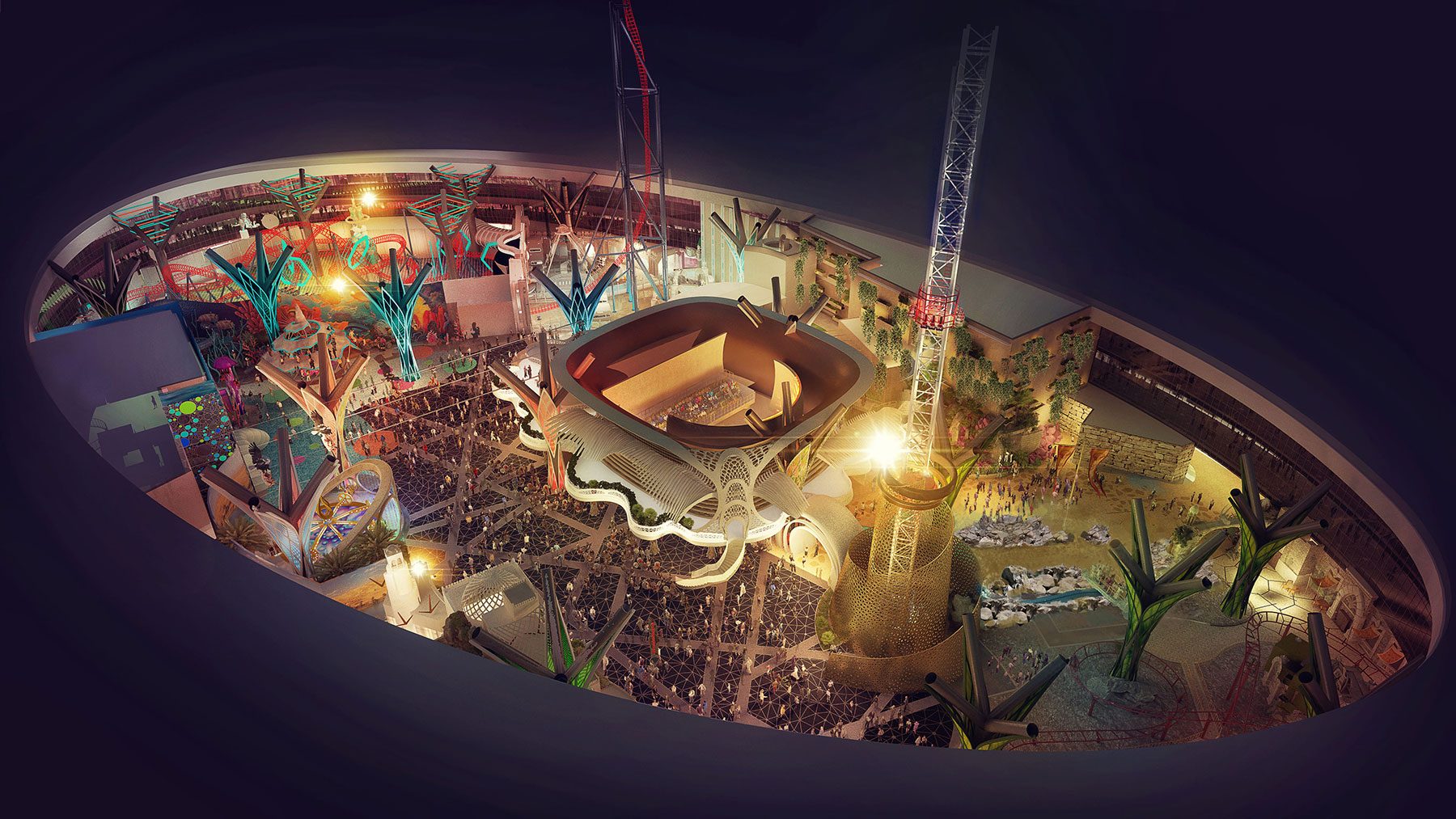The 2020 LBE/FEC Experience Index: Cost Considerations for the Diverse Range of Location-Based Entertainment and Family Entertainment Centers
Within the themed and entertainment destination sector, location-based entertainment (LBE) and family entertainment centers (FECs) represent a diverse and rapidly evolving subset. The market was anticipated to more than double between 2017 and 2025 – and while the unprecedented pandemic may impact the exact numbers, this strong growth trajectory indicates that momentum will likely continue […]
Within the themed and entertainment destination sector, location-based entertainment (LBE) and family entertainment centers (FECs) represent a diverse and rapidly evolving subset. The market was anticipated to more than double between 2017 and 2025 – and while the unprecedented pandemic may impact the exact numbers, this strong growth trajectory indicates that momentum will likely continue as restrictions ease further.
In fact, now is an ideal time for some well-capitalized projects to get off the ground. Real estate can be secured at a discount, and with many locations still closed or at limited capacity, there might be more time and opportunity to build these projects out. Especially as some retail spaces are being repurposed to other uses, such as fulfillment centers, these attractions are becoming an increasingly important part of the revitalization of shopping districts.
When looking at budget, stakeholders must consider both the business models of individual attractions and the development or selection of the real estate that hosts these experiences.
Initial location-based entertainment and family entertainment center costs tend to top out at $60 million, with the majority falling within the $5-15 million range. These projects, even at their largest, are typically going to be much smaller than major destinations like theme parks and resorts – which can cost hundreds of millions of dollars.
That said, there are still many complexities and nuances to their development and operations that must be considered throughout the process.
Because of this, at nFusion, we’ve found it useful to maintain a comprehensive database of projects and costs, expressed in dollars and aligned for inflation – as we’ve done for parks and water parks. This has allowed us to build an index of cost categories as a starting point in the process of creating target budget numbers for the scope of implementation.
Below is a breakdown of The LBE/FEC Experience Index for 2020:

Category #1 – Activity/Skill
Examples: Locations that combine activities like laser tag,
bowling, and miniature golf.
Narrative: Simple play environment with multiple socializing games and food & beverage for family and corporate events.
Attendance: 60,000-125,000
Budget: $5-10 Million
Target Demographic: Family
Length of Stay: 2-3 Hours
Facility Size: 15,000-30,000 Square Feet
These locations typically offer multiple socializing games as well as food and beverage, and are fairly straightforward to deliver.

Category #2 – Edutainment / Entertainment
Examples: LEGO Discovery Center, KidZania
Narrative: Destinations that take entertainment and learning to a whole new level by combining role playing with real life in a kid-sized environment.
Attendance: 500,000
Budget: $30-60 Million
Target Demographic: Children
Length of Stay: 2-4 Hours
Facility Size: 35,000-60,000 Square Feet
The most successful destinations in this category typically offer a holistic product – an IP and a distinct brand promise. This can allow for a larger merchandise premium than other categories, which can warrant the heavier capital investment.

Category #3 – Arcade Reimagined
Examples:
- Subtype #1 – Large with F&B: Two Bit Circus
- Subtype #2 – AR/VR Attractions: The VOID
Narrative: Cutting edge technology drives immersive virtual reality experiences and socializing games in this hi-tech environment.
Attendance:
- #1: 300,000
- #2: 50,000-65,000
Budget:
- #1: $22 Million
- #2: $2-3 Million
Target Demographic:
- #1: Family
- #2: Adults
Length of Stay:
- #1: 2-3 Hours
- #2: 20-30 Minutes
Facility Size:
- #1: 50,000 Square Feet
- #2: 2,500-3,500 Square Feet
These tech-heavy experiences can vary greatly in the diversity of games and activities and levels of socialization they provide. Destinations that have a strong balance of technology and socialization are typically the most successful.

Category #4 – F&B Anchored
Examples: Punch Bowl Social, Dave & Buster’s, Topgolf, and Main Event
Narrative: These premium entertainment destinations include party venues, sports bars, restaurants, and socializing games (e.g. golf, bowling, billiards, and arcade games).
Attendance: 200,000-500,000
Budget: $7-50 Million
Target Demographic: Family
Length of Stay: 2-3 Hours
Facility Size: 30,000-75,000 Square Feet
This category sees the biggest variation in capital investment due to the diversity in size and components. For example, Punch Bowl social falls on the lower end of the budget range, while Topgolf falls on the higher end.
Overcoming Challenges for Successful LBE/FEC Development and Operations
The idea behind location-based entertainment and family entertainment centers is that they can offer local visitors a shorter, bite-sized experience that is more readily accessible than a day at a theme park.
That said, some of the biggest challenges facing location-based entertainment and family entertainment centers as a whole are due to their small footprints, especially compared to major theme parks or water parks.
The appeals of these destinations can also be segmented – some catering only to children, some just to adults – and they might not be a fit for large, diverse groups. Further, there is an issue of repeatability. With the exception of high-tech experiences that can be changed quickly and cost-effectively with software, many attractions run the risk of feeling ‘been there, done that’ without significant continued capital investment.
This is why it is especially critical to complete a comprehensive evaluation of local demographics and competition in the very early stages of a project. This will help ensure the ongoing demand is there and that the destination is a fit in scale and scope.
Another significant factor and budget consideration for location-based entertainment and family entertainment centers is real estate. Sometimes these projects involve a ground-up destination development, while other times they require integrating unique tenants into existing retail or entertainment centers.

This leads to a massive variation in costs. When a landlord is involved, there needs to be an understanding of costs, risks, and exposure on both sides and significant due diligence is required. When an experiential tenant is being retrofitted into existing retail, special schedule and budget considerations can come into play due to limits on construction hours.
Capital costs must be managed carefully, especially when it comes to the development of a new concept. This process is extremely time consuming and involves not only coming up with and defining the new idea, but finding the ‘perfect’ location, completing the real estate deal, and then finally building the project. Stakeholders must consider that they will be bearing soft costs while simultaneously competing deals to move their projects forward.
Advances in technology and a rise in innovative brands crafting unique experiences have made location-based entertainment and family entertainment centers an increasingly viable and appealing sector of the attractions industry. With such a massive range of potential experiences and myriad of real estate considerations, it is absolutely critical that the scale, scope, and offerings meet the demand of the location and demographics. Stakeholders must not go in blind and determine the warranted investment from the early stages. Figuring out where their project falls on the index and within the four categories is a useful starting point.

